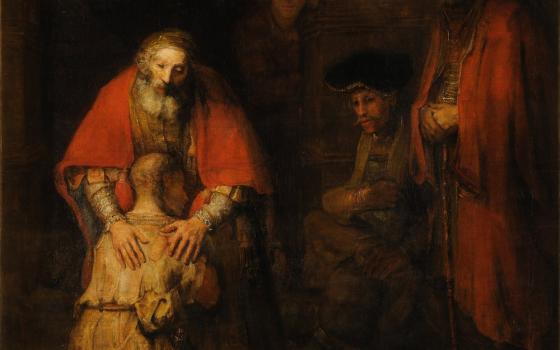Demographically speaking, it's been clear for some time that the center of gravity in the Catholic church has shifted from the global north to the south, meaning the so-called "developing world."
Of the 1.2 billion baptized Roman Catholics on the planet today, two-thirds live outside the West, a share that's expected to reach three-quarters by mid-century. While Catholic populations in Europe decline, sub-Saharan Africa's Catholics shot up by almost 7,000 percent in the 20th century and continue to grow.
According to Vatican statistics released Thursday, the same broad trajectory runs through the enterprise of Catholic education.
Among other things, the data suggest Catholic education is a growth industry in the early 21st century.
Polish Cardinal Zenon Grocholewski, prefect of the Vatican's Congregation for Catholic Education, told reporters today that the total number of Catholic schools in the world at all levels grew between 2008 and 2011 by more than 6,000, reaching a total of 209,670.
During the same period, Grocholewski said, the global number for students in Catholic schools rose by almost 3 million for a total of 57.6 million.
Those global figures, however, gloss over significant differences by region.
The number of schools actually fell in Europe, Grocholewski said, but rose significantly in other parts of the world.
A chart provided as part of Grocholewski's presentation reported that Europe lost 1,189 Catholic schools over the four-year period from 2008 to 2011, while Africa gained 4,695 new schools. That means Africa alone accounted for 75 percent of all new Catholic schools in the world.
With regard to students, the same trend applies. Europe lost 177,918 students and the Americas, both North and South, lost 1.8 million, according to the Vatican data. Africa, meanwhile, posted a gain of 2.5 million and Asia 2.4 million students. Beyond a slight uptick in Oceania, those two continents accounted for all the increase, and without them, enrollment in Catholic schools actually would have declined.
Grocholewski provided the data in the context of presenting a new document from the Congregation for Catholic Education titled "Educating to Intercultural Dialogue in Catholic Schools: Living in Harmony for a Civilization of Love."
In essence, the document argues that in an increasingly mobile world, Catholic schools must foster "openness to plurality and differences" without sacrificing their Catholic identity.
The document calls for rejecting both the approach of "multiculturalism," which it describes as based on relativism and treating every culture as separate but equal, and "assimilation," which insists on absorbing one culture into another, usually the dominant one.
Instead, the document calls for an "inter-cultural" approach in Catholic schools, promoting "encounter, dialogue and mutual transformation," absorbing the positive qualities of the various cultures without blurring their distinctiveness.
[Follow John Allen on Twitter: @JohnLAllenJr.]



